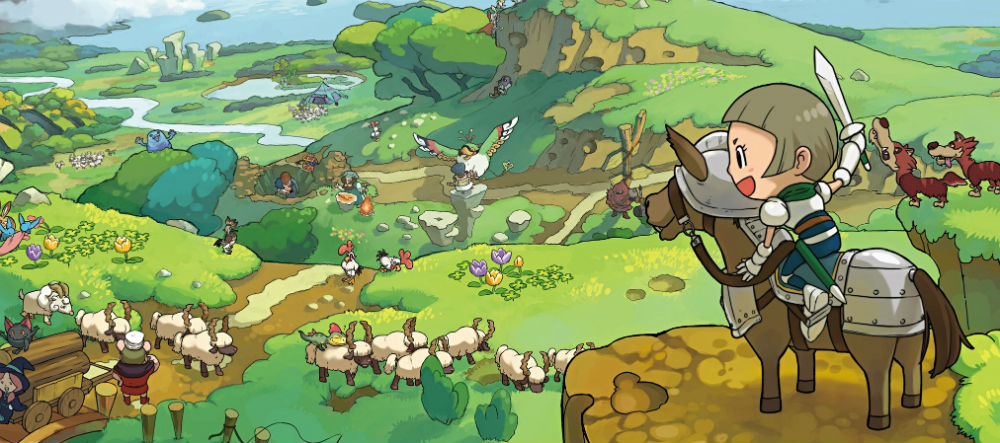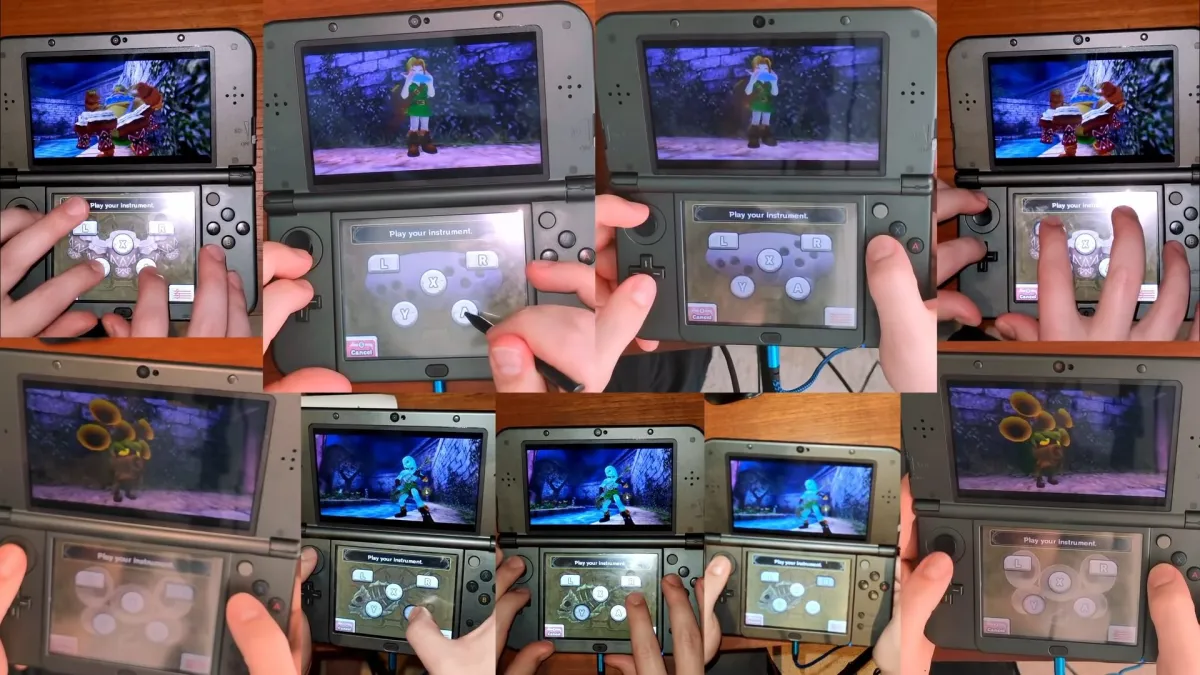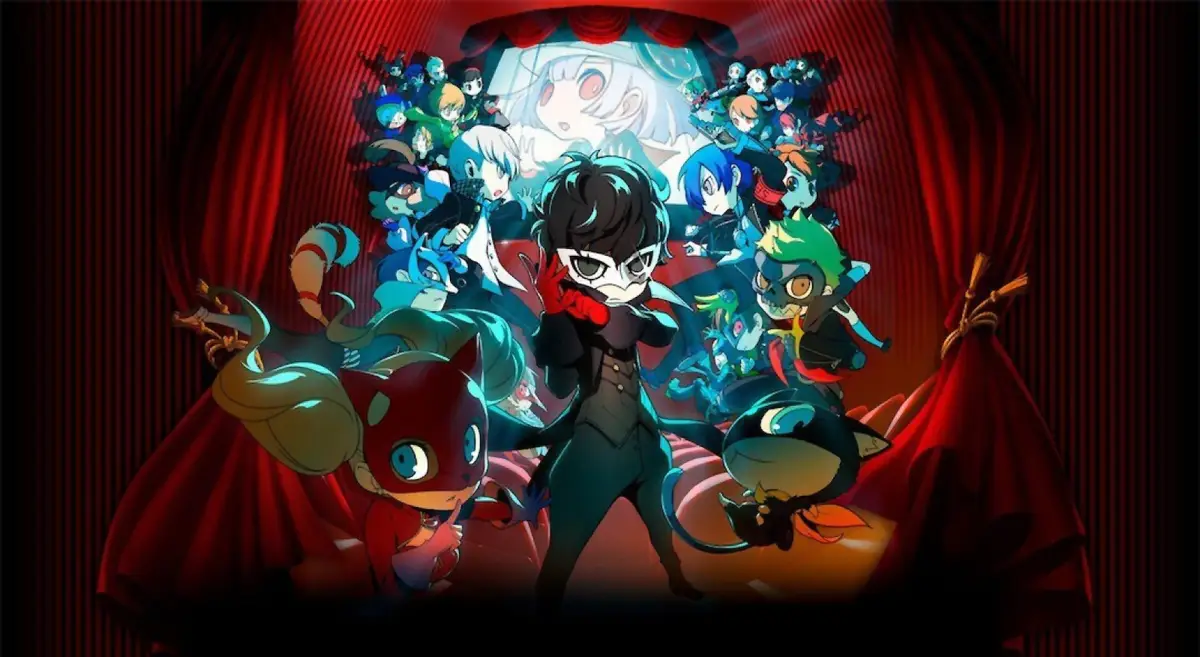Trip the life fantastic
One of the biggest gripes I hear from friends interested in but hesitant to play Japanese role-playing games is that they’re too “complicated.” It’s a sentiment I’ve never understood; several take great pains to be accessible and enjoyable to a wide variety of players. Unfortunately, my explanations of tropes and tried-and-true mechanics aren’t usually enough to sway the potential players, and they’re swept away by a title of a different ilk.
That’s why Fantasy Life is such an interesting case. It takes familiar elements such as classes, grinding for XP, and character customization and distills them into something that can be digested by just about any type of player. Oh, and it helps that it’s a lot of fun, too.

Fantasy Life (3DS)
Developer: Level-5, 1-UP Studio
Publisher: Nintendo
MSRP: $39.99
Released: October 24, 2014
Fantasy Life is the child of Level-5 and Brownie Brown, having begun its own story back in 2009 and finding a Japan-only release in December 2012. With notable names like Yoshitaka Amano and Nobuo Uematsu attached to the project, it’s no secret that it was well-received, a project that stole the attention of role-playing fans, particularly those of Brownie Brown, which would eventually change its name to 1-UP Studio. It comes from trusted names, but most of all, it’s absolutely adorable; a warm and welcoming sight that will feel simultaneously familiar to RPG lovers and anyone who appreciates Western fantasy alike.
Getting started in Fantasy Life is exceedingly simple, as you choose a gender, body type, face, expression, and more for your character. You can customize him or her right down to the spacing of their eyes, voice, and hairstyle. There are a surprising amount of options for customizing your hero, but then it makes sense that there should be — this is your “fantasy,” after all.
Unfortunately, the beginning of the game is riddled with JRPG narrative tropes, especially as you wake up in the morning in a tiny house and rush out to choose your own Life, which is essentially the job a person chooses for themselves in the game world. There are multiple Lives for various proficiencies, though if you choose one and wish to swap over to another halfway through your training, that’s perfectly fine as well. You’re never constrained to one job, just like in real life.
The scope of jobs is interesting as well, ranging from the familiar Paladin or Blacksmith to the less flashy Tailor or Cook. Just as there are jobs that find you on the front line of battle, there are also more mundane professions where you’ll be completing tasks for townsfolk rather than lifesaving operations. Depending on which Life you choose, you might find yourself slaying a dragon or mining ore to forge weapons. All the jobs are interconnected, so even the smallest role plays a part. Though it would have been simple to offer 12 different jobs and give them the same questlines, playing each Life ends up feeling unique.

With engaging writing and interesting interactions between characters, even if you choose to play as an Angler or a Cook, there’s still plenty to see and do. And if and when you get bored with their minigames, you can just switch to a different profession at the drop of the hat to begin earning stars for another job. You’ll retain many of your skills and recipes when switching, except for Special Skills that are tied to the Life you’re currently developing. It’s up to you to select which classes are important to spend time on in order to ensure your character has access to a wealth of different abilities and proficiencies that complement each other.
But don’t mistake versatility for a game that requires you to learn all of these jobs to train a machine who can slay monsters and knit a mean sweater. You’re never forced to pursue specific skills and there’s no dark cloud hanging around the world of Reveria nudging you to pursue different skills in order to complete a quest.
You can play at your own pace, and if that means diverging from the main quest to focus on learning how to craft potions or forge weapons, that’s your prerogative. That’s where all the fun lies — spending time trying new things and figuring out what it is you like to do within the game. It’s a lot like real life in that regard, without any of the risks attached to uprooting and learning a completely new trade when the mood strikes. There’s no hurry to complete anything, and that’s what makes the game work so well.

Everything is done at a leisurely yet satisfying pace, even combat, which finds skills assigned to single buttons that works quite well with the real-time hack-and-slash system. You may need a bit to get used to timing your strikes, but it’s simple to master and complements the rest of the game well. The minigames surrounding item production are easy to learn as well, though if you happen to botch a crafting session while at a workbench, you can simply start over.
Aside from earning XP and levels, however, there’s an additional system in play that’s important to focus on. It’s called Bliss, and you receive Bliss points when you explore Reveria and complete tasks for others. As you decorate your home, buy a new residence, or interact with the game in ways beyond combat and training, you’ll earn Bliss points that can be used to upgrade your bag, allow for home expansion, and more. It’s an interesting system that encourages players to focus on aspects of the game beyond combat and grinding, and acts as a reward system for completing tasks you were going to have to do anyway.
There’s simply no shortage of things to complete in Fantasy Life. Beyond single-player’s vast amount of things to do, you can also invite other players locally or online in groups of three to tackle tasks together. You can’t complete the game while working with friends, but you playing together via Link mode does allow for some MMORPG-styled fun that ensures each player’s individual strengths are pooled together in a manner that’s beneficial for everyone.

Of course, Fantasy Life’s relaxed nature may not be for everyone. The lengthy tutorials and even the fact that there’s no true urgency for the main storyline to be completed will grate on some players’ nerves. There’s also the caveat that playing multiplayer with friends doesn’t allow for “true” progress. They’re minor nitpicks, but issues nevertheless, especially for a game where multiplayer is such an enticing proposition.
But there’s so much to love about Fantasy Life, from its whimsical and colorful illustrations and lighthearted tone to its varied soundtrack. It’s truly a role-playing game that allows you to forge your own path, and a breath of fresh air that feels at home on the 3DS. If you’re looking for something to scratch that Animal Crossing or Tomodachi Life itch with a little more substance, Fantasy Life is the game for you.





Published: Oct 24, 2014 11:30 am